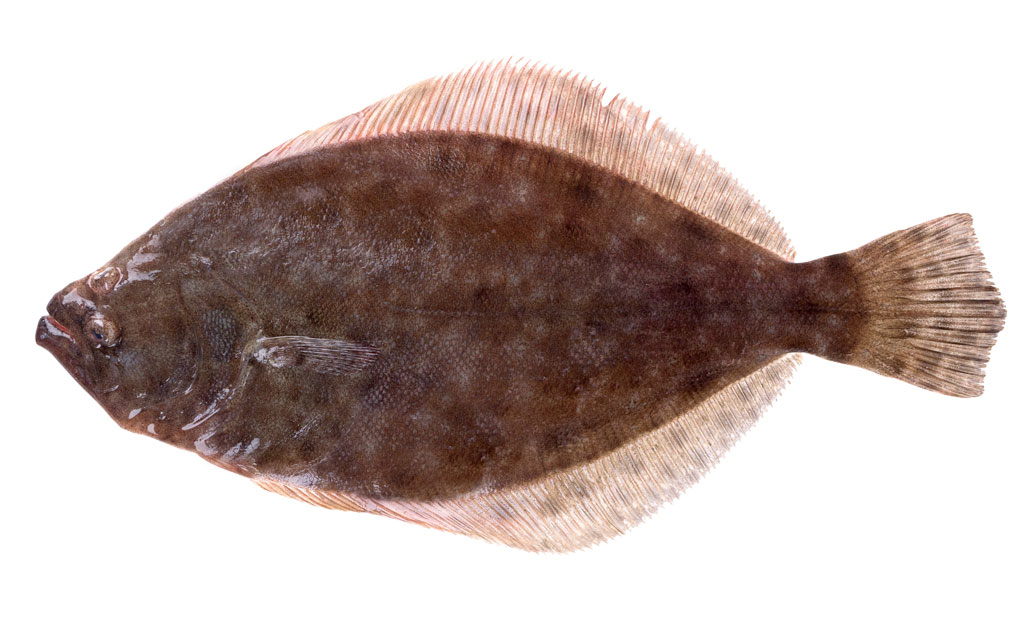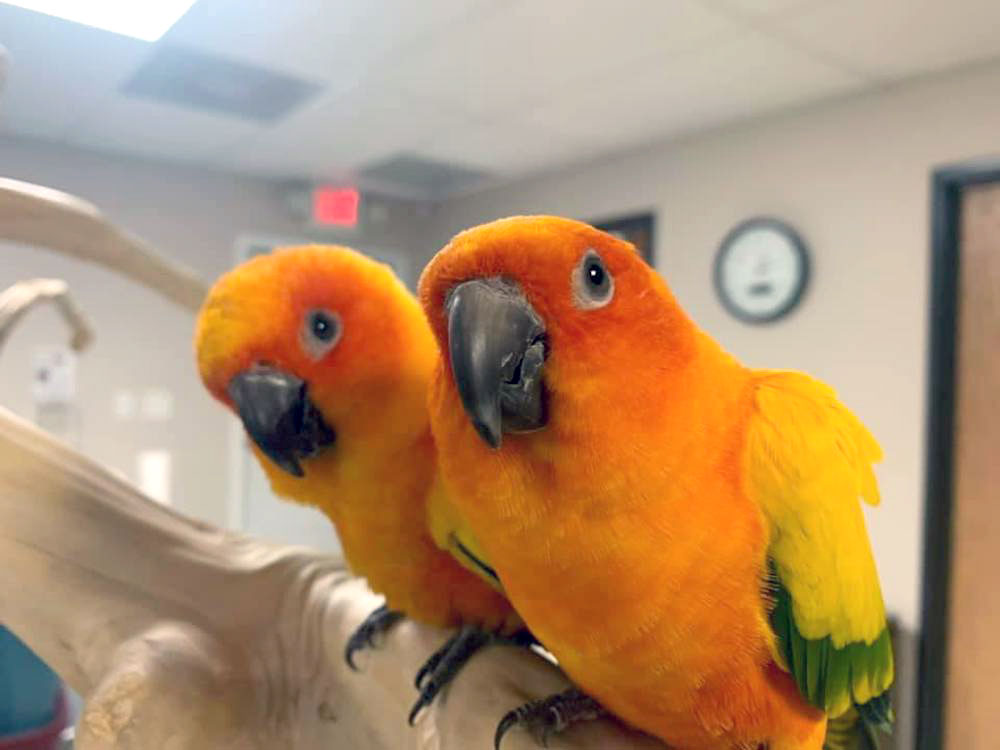
A shot from one of last year’s teams participating in the Great Texas Birding Classic. Two Nueces County teams placed in the Big Sit! category in 2014, just one of the 40 different ways to participate. Courtesy Photo
The world’s biggest and longest birdwatching tournament, the Great Texas Birding Classic, begins April 15, continuing through May 15. Registration ends April 1 online at tpwd.texas.gov.
Put on by Texas Parks and Wildlife Department, the Great Texas Birding Classic is in its 19th year. In 2014, more than 400 competitors documented a record 425 species out of the state’s 639 recorded avian species. This year’s event is expected to exceed last year’s recording breaking number of 81 teams.
“The Birding Classic is a wonderful opportunity for bird watching enthusiasts and all nature lovers to gather with family and friends to see how many bird species they can spot in a few hours, a full day, or even a few days in a row,” said Shelly Plante, nature tourism manager for the Texas Parks and Wildlife Department, in a press release. “I want everyone to know that this is a fun event that anyone, regardless of their age or ability, will enjoy.”
Tournaments within the classic include those designed for casual birders, competitive birders, youth 13 years and young and teenagers 14 to 18 years old, among others. Categories are available for limited mobility participants, visually impaired and blind birders and combined teams of adults and kids.
Several local regional teams placed in the BigSit! category. Teams select a 17-foot diameter circle and count birds they can see and hear from within that space. The Big Sit! lasts for up to 24 hours in a single day (midnight to midnight).
The Port Aransas Spoonbills won the 2014 Big Sit!, recording 107 species. They counted from the Leonabelle Turnbull Birding Center, a hot spot for spotting birds.
Second place went to another local team, the Swarovski Optik Hazel Bazemore Sitting Hawks. That team identified 94 species from the Hazel Bazemore County Bark Hawk Watch Platform.
The state is broken into nine different regions, with Nueces County falling into the Central Texas Coast. Teams can choose from 40 different categories and participate from as little as half a day to as long as a week.
Team registration fees and sponsorship money collected is donated to avian habitat conservation on the Texas coast. Since the classic began in 1997, the month-long, annual event has raised $819,500 to fulfill the event’s mission statement “to increase appreciation, understand and conservation of birds through education, recreation, nature tourism and conservation fundraising.”





